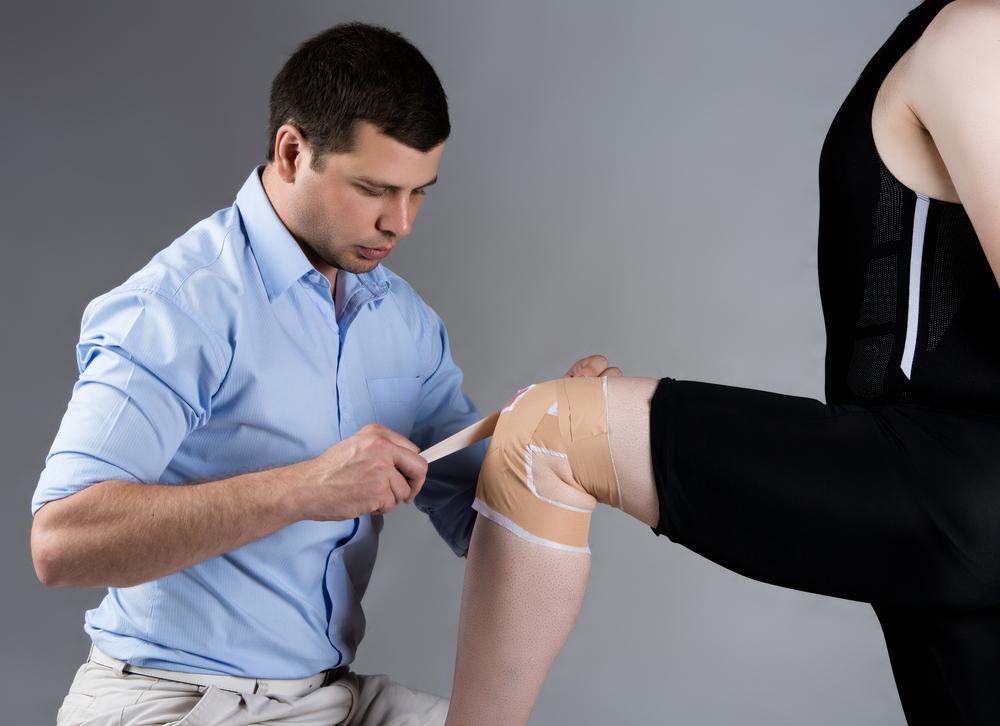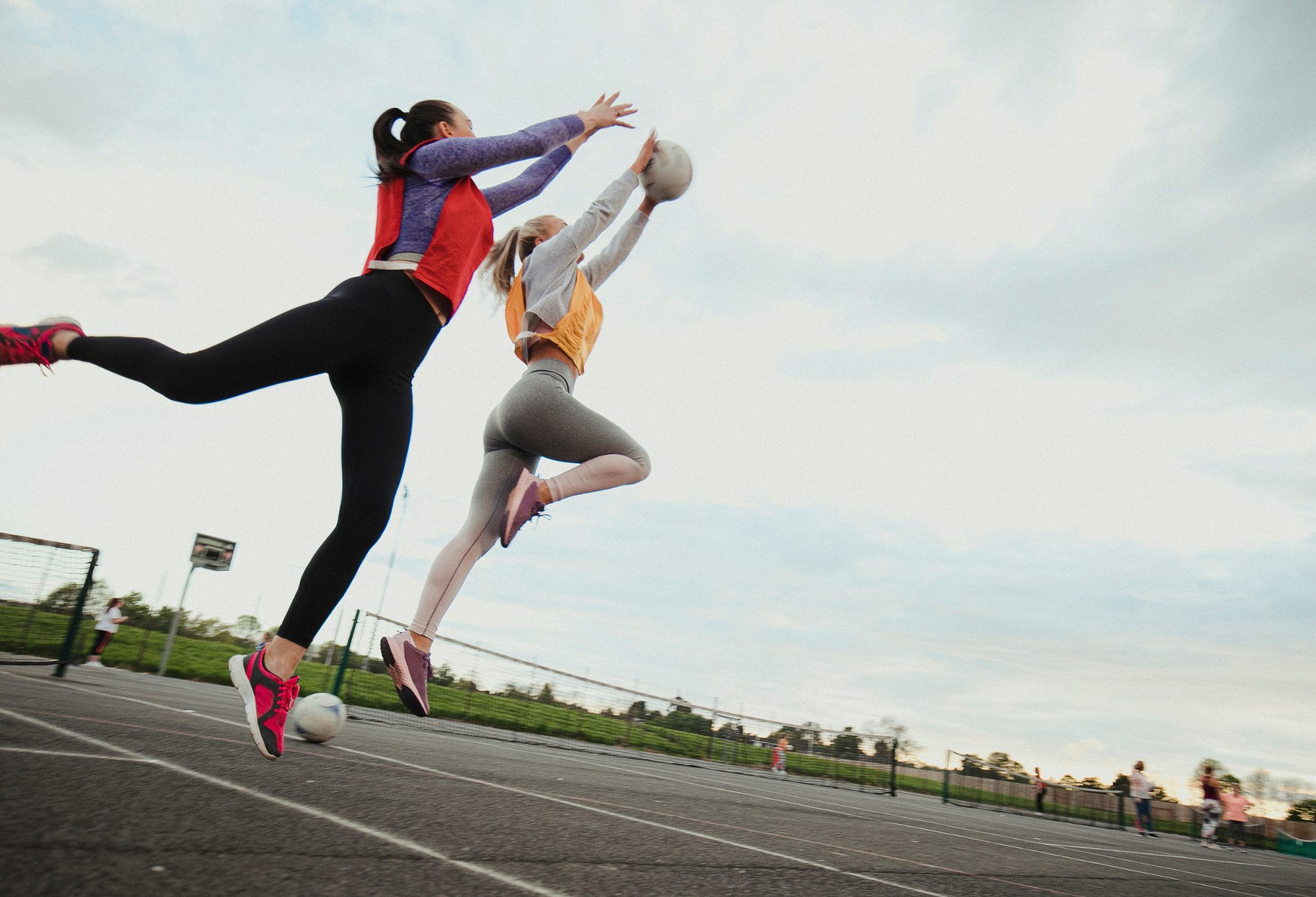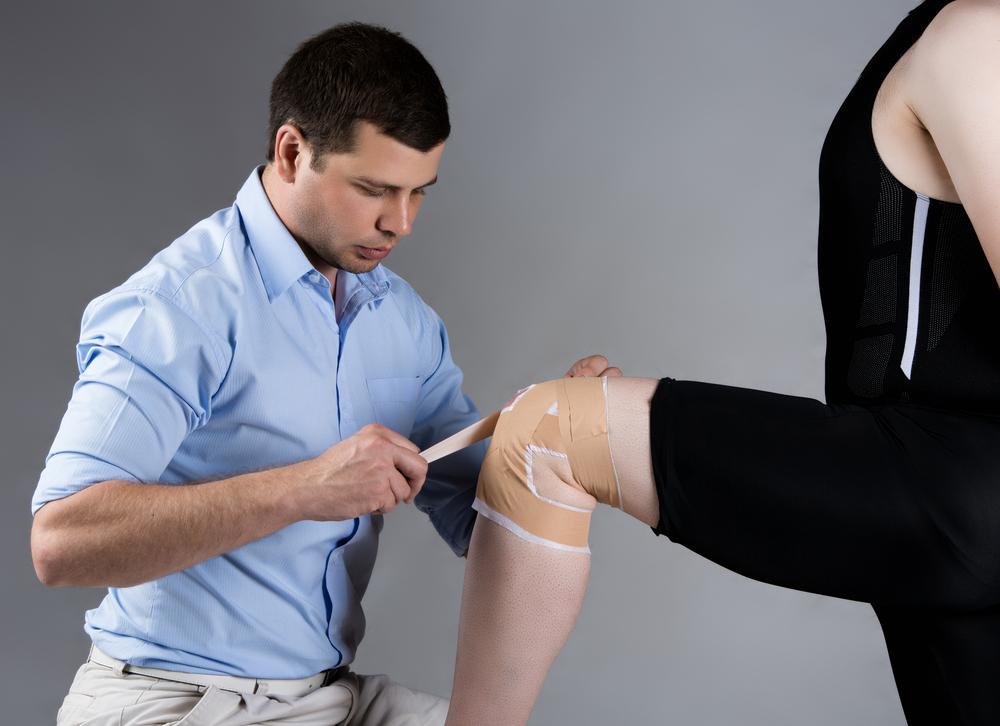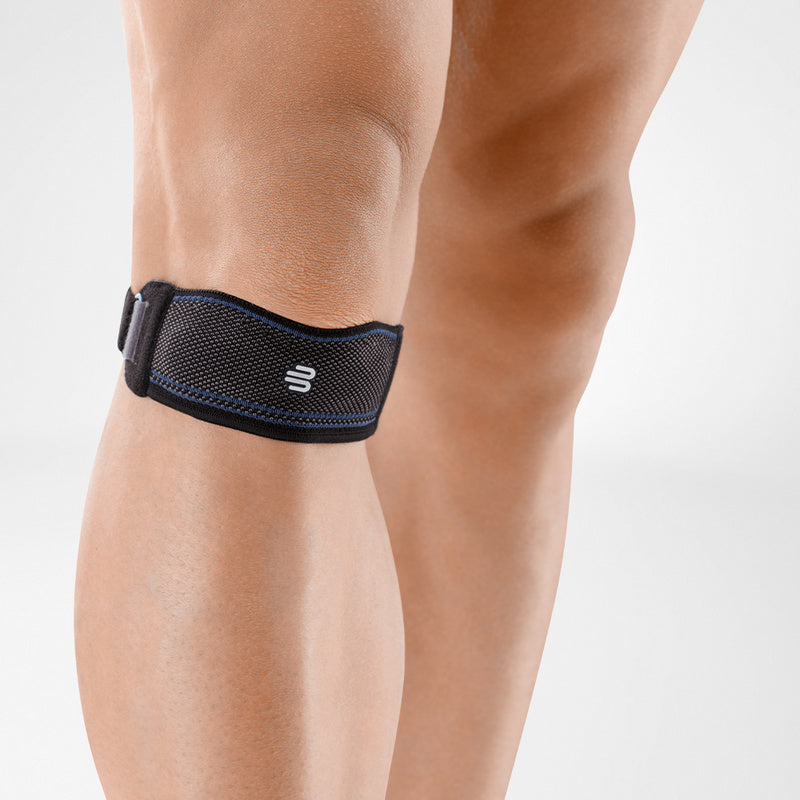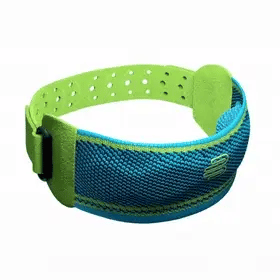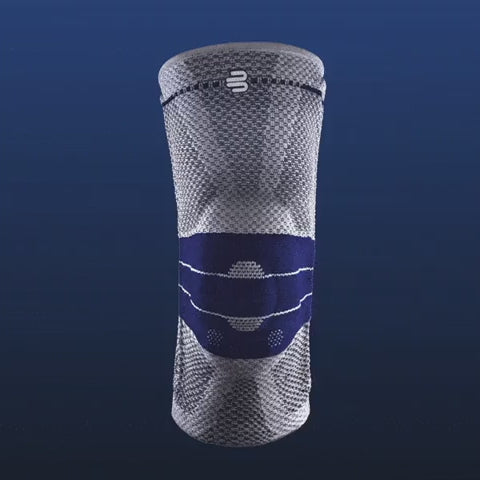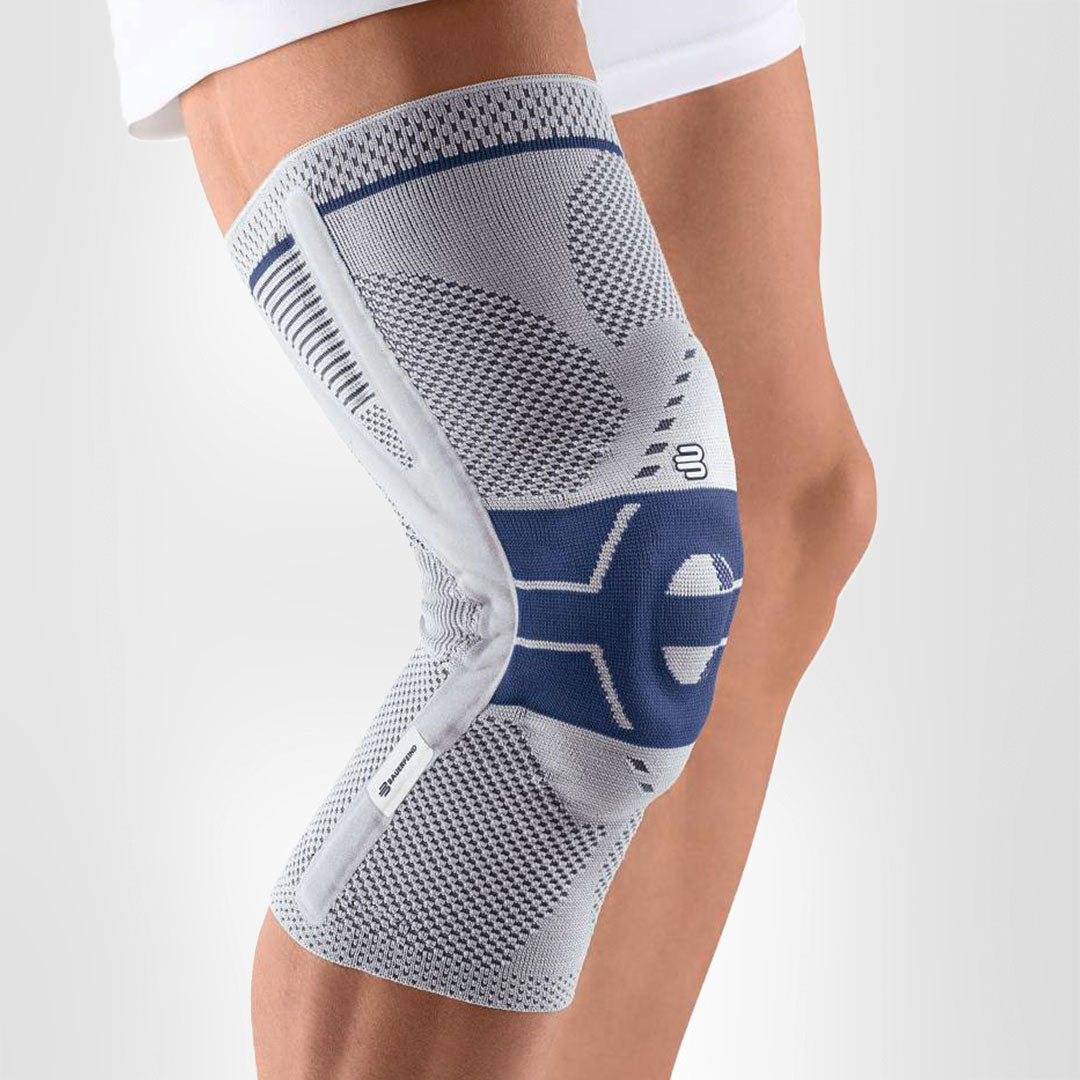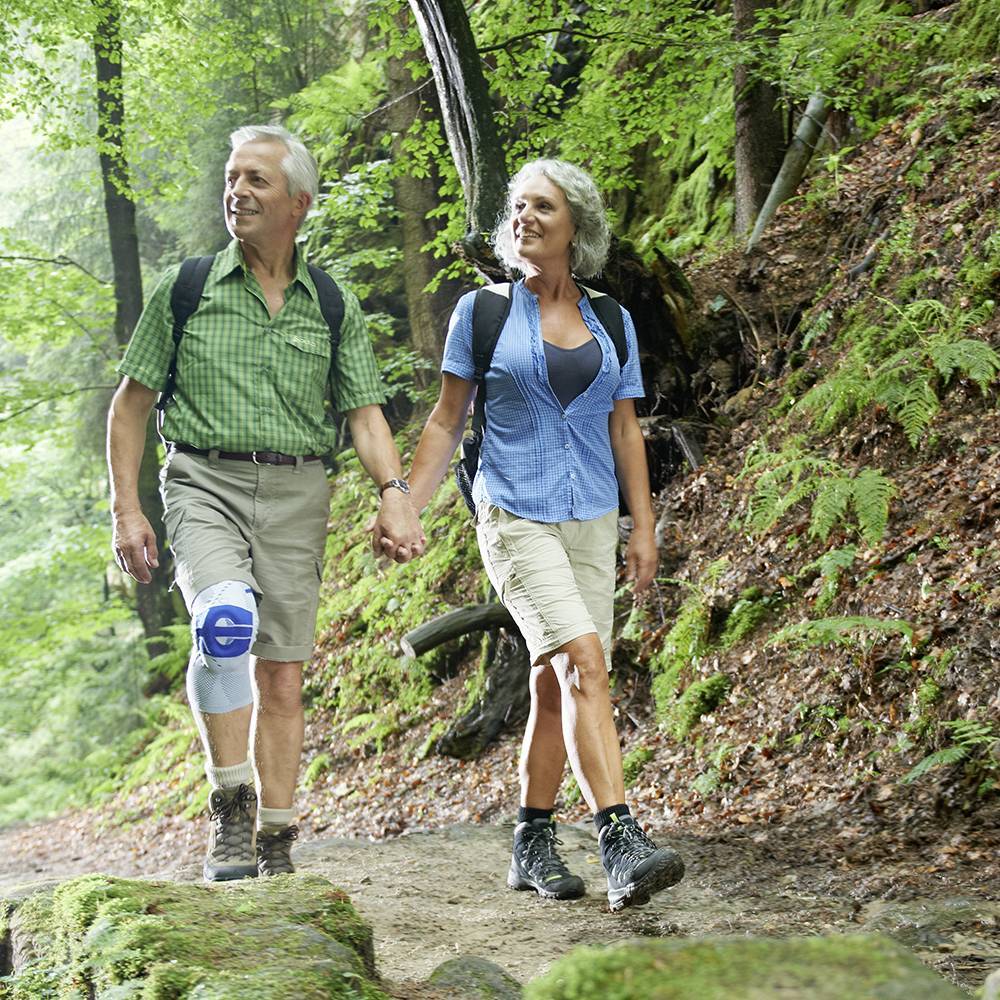Strapping the knee is one of the best ways to quickly stabilise the joint, whether it’s before you start playing sport or to prevent an injury from getting worse. Trying to search for a video of how to strap your knee after injury brings up dozens of different techniques, some simple, some complicated. So, we've pulled together some tips to help you when strapping your knee.
Strapping the knee
Most athletes, professional and amateur, have strapped their knees more than once. Many of us have had it done at the physio and then tried to emulate it at home (sometimes with disastrously adhesive results).
We thought we'd strip strapping back rather than just adding another video of how to strap. So, in addition to a couple of simple methods of strapping, we’ll show you a few other ways of supporting the knee to get the same effect.
These methods are great for people who have an allergic reaction to strapping tape, require support all day, or are just tired of the constant Elastoplast waxing.
How to strap your knee after injury
Knee strapping is the quickest and most common way of stabilising the knee while playing sports. There are a range of strapping methods designed to target different parts of the knee. Below are two of the most common techniques for strapping the knee:
- Patella Tracking Strapping: Anchoring your patella tendon reduces its strain, allowing you to move more comfortably forward and backward while reducing pain. This is usually done for runners, hikers, and track events.
- Knee Ligament Strapping: This technique stabilises the ligaments by creating a “frame” around the knee with tape. It reduces rotational movement on the knee. This technique is more common in sports like football, netball, and soccer, where pivoting and side-to-side movements are more common.
Strapping with tape is quick and easy and great for sports, providing incredibly firm stability. However, it doesn’t stay in place for extended periods of time and can be uncomfortable if it needs to be applied repeatedly, so it's best not to use it for all-day wear.
This video provides a detailed explanation: how to strap the knee.
Wrapping the knee
Where strapping uses adhesive tape to guide the knee in active movement, wrapping the knee provides a widespread compression to broadly stabilise the knee as a whole, and is much more effective at managing swelling.
Best done with a cohesive bandage (one that doesn’t stick to your skin), wrapping the knee is great for recovery from an injury for wear all day. This is an excellent alternative for people who have an allergic reaction to strapping tape or are looking to mainly manage swelling.
Wrapping is cheaper than taping and better for swelling and recovery. However, it’s not ideal during sports unless combined with strapping tape over the top, and wrapping won’t provide the same stability as taping.
Try this video for a detailed explanation: how to wrap the knee.

Wearing a knee support
A knee support takes the same principles as wrapping and combines it with strapping to stabilise and compress the muscles, while providing structural support to the joint.
Supports such as the GenuTrain and GenuTrain S provide a couple of distinct advantages: They’re easy to put on and take off, can be worn during sports and all day, and provide comfort during recovery.
While it does not provide as strong an initial support as strapping tape does, it lasts much longer and is great for repeated wear.
For more on the GenuTrain, try this video: GenuTrain.
For more on the GenuTrain S, try this video: GenuTrain S.














